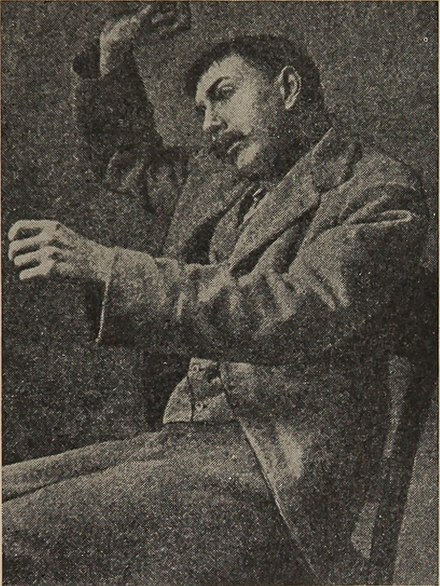Catatonia
Catatonia is a complex neuropsychiatric behavioural syndrome characterised by abnormal movements, immobility, abnormal behaviours, and withdrawal. Historically related to schizophrenia, it is now more commonly seen in mood disorders and can be a feature of various mental, neurological, and medical conditions. Catatonia can be divided into several subtypes, each with distinct characteristics.

Signs and Symptoms
The presenting signs of catatonia vary greatly and can be subtle or pronounced. Symptoms may develop over periods ranging from hours to weeks. Most patients with catatonia have an underlying psychiatric illness and present with worsening depression, mania, or psychosis followed by catatonia symptoms. The common signs include:
- Immobility
- Mutism
- Withdrawal and refusal to eat
- Staring
- Negativism
- Posturing (rigidity)
- Waxy flexibility/catalepsy
- Stereotypy (purposeless, repetitive movements)
- Echolalia or echopraxia
- Verbigeration (repeating meaningless phrases)
Patients may recall their catatonic state in detail, indicating awareness of their surroundings.
Subtypes
Withdrawn Catatonia: Characterised by decreased response to external stimuli, immobility, mutism, staring, posturing, and negativism. Patients may hold odd positions for hours and resist movement.
Excited Catatonia: Marked by odd mannerisms, purposeless actions, excessive motor activity, restlessness, agitation, and combativeness. Patients may have delusions and hallucinations.
Malignant Catatonia: A life-threatening condition characterised by fever, blood pressure abnormalities, heart and respiratory rate changes, sweating, and delirium. Overlaps significantly with neuroleptic malignant syndrome (NMS).
Complications
Complications depend on the type of catatonia. Withdrawn catatonia can lead to malnutrition, dehydration, pressure ulcers, muscle contractions, DVT, and PE due to immobility. Excited catatonia may result in physical trauma. Malignant catatonia can present with autonomic instability and may be life-threatening. Other complications include pneumonia and neuroleptic malignant syndrome.

Causes
Catatonia is usually secondary to another illness, often psychiatric disorders like bipolar disorder and depression. It can also be linked to schizophrenia, autism spectrum disorders, ADHD, infections, autoimmune disorders, alcohol withdrawal, abrupt benzodiazepine withdrawal, cerebrovascular disease, neoplasms, head injury, and some metabolic conditions.
Diagnosis
Diagnosis is clinical, often confirmed by the presence of three or more of 12 psychomotor symptoms listed in the DSM-5 or ICD-11. These include stupor, catalepsy, waxy flexibility, mutism, negativism, posturing, mannerisms, stereotypy, agitation, grimacing, echolalia, and echopraxia. A lorazepam challenge can aid in diagnosis.
Treatment
The initial treatment involves stopping medications that could lead to catatonia. A lorazepam challenge is often used, where patients are given 2 mg of IV lorazepam to see if symptoms improve. If successful, lorazepam can be administered regularly. Electroconvulsive therapy (ECT) is another effective treatment, particularly for benzodiazepine-resistant catatonia. Supportive care is essential, including monitoring essential signs and maintaining nutrition and hydration.

Prognosis
Twenty-five percent of psychiatric patients with catatonia will experience multiple episodes. Treatment response ranges from 50–70%, with treatment failure associated with a poor prognosis. Long-term mental health care is often required, especially for patients with underlying schizophrenia.
Epidemiology
Catatonia is underrecognized, often mistaken for other disorders. The prevalence is reported to be as high as 10% in those with acute psychiatric illnesses, and 9-30% in inpatient psychiatric settings. It affects males and females equally and can be attributed to medical conditions in 21-46% of cases.

Self-assessment MCQs (single best answer)
Which of the following is NOT a common sign of catatonia?
Excited catatonia is characterised by:
Which subtype of catatonia is life-threatening?
A lorazepam challenge involves administering:
Which of the following is NOT a complication of withdrawn catatonia?
Catatonia can be secondary to:
The prevalence of catatonia in inpatient psychiatric settings is reported to be:
Treatment for benzodiazepine-resistant catatonia often involves:
Which of the following is a diagnostic criterion for catatonia according to DSM-5 or ICD-11?
What percentage of psychiatric patients with catatonia will experience multiple episodes?
Dentaljuce
Dentaljuce provides Enhanced Continuing Professional Development (CPD) with GDC-approved Certificates for dental professionals worldwide.
Founded in 2009 by the award-winning Masters team from the School of Dentistry at the University of Birmingham, Dentaljuce has established itself as the leading platform for online CPD.
With over 100 high-quality online courses available for a single annual membership fee, Dentaljuce offers comprehensive e-learning designed for busy dental professionals.
The courses cover a complete range of topics, from clinical skills to patient communication, and are suitable for dentists, nurses, hygienists, therapists, students, and practice managers.
Dentaljuce features Dr. Aiden, a dentally trained AI-powered personal tutor available 24/7 to assist with queries and provide guidance through complex topics, enhancing the learning experience.
Check out our range of courses, or sign up now!


